analysis Asia
From LRT to ART: Johor switches gear to autonomous rapid transit system to ease congestion, spur development
Transport experts believe that in order for the Autonomous Rail Rapid Transit (ART) network to be viable in the long term, it must be integrated with the Johor Bahru-Singapore Rapid Transit System (RTS) Link, due to be completed by end-2026, and a possibly revived High-Speed Rail (HSR) project.
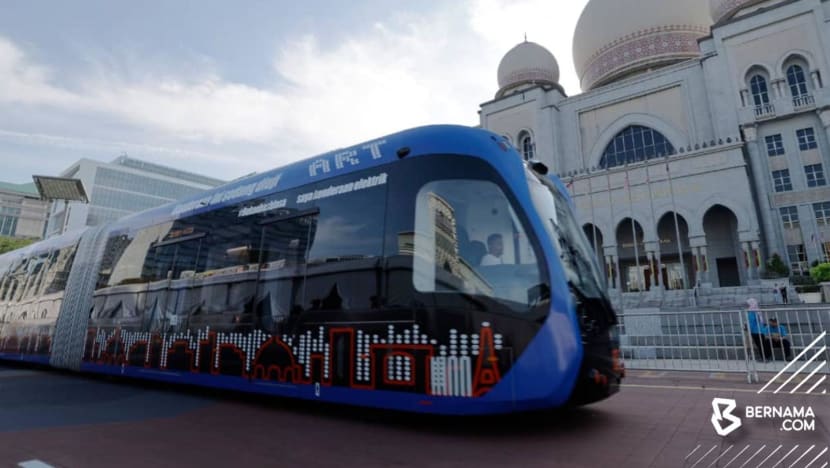
The ART system being piloted in Putrajaya. (Photo: Bernama)

This audio is generated by an AI tool.
JOHOR BAHRU: An autonomous bus-train network running on virtual tracks across roads, bridges and viaducts is Johor’s latest idea to tackle the state’s congestion woes and also boost its economic development.
On Apr 16, Johor Chief Minister Onn Hafiz Ghazi announced that the state government has received royal consent to propose the implementation of a multi-tiered Autonomous Rapid Transit (ART) system in southern Johor, with the final decision now resting with the federal government.
If confirmed, it will replace the existing plans for a Light Rail Transit (LRT) system as the main spine of the state’s public transport network, a change that transport analysts have called for in an earlier report by CNA.

Together, experts add, these transportation systems will offer travellers from Singapore and within southern Johor a desperately needed alternative to choked highways and a public bus network plagued by poor frequencies and long waiting times.
However some raise concerns over how the ART system could incur “unnecessary” construction costs compared to the LRT.
Observers also say an improved transportation network could transform connectivity and supercharge plans for the Iskandar region as an investment metropolis, with a proposed Johor-Singapore Special Economic Zone (SEZ) on the horizon set to increase traveller numbers. The region includes four major districts in the southern state - Johor Bahru, Iskandar Puteri, Pasir Gudang and Kulai.
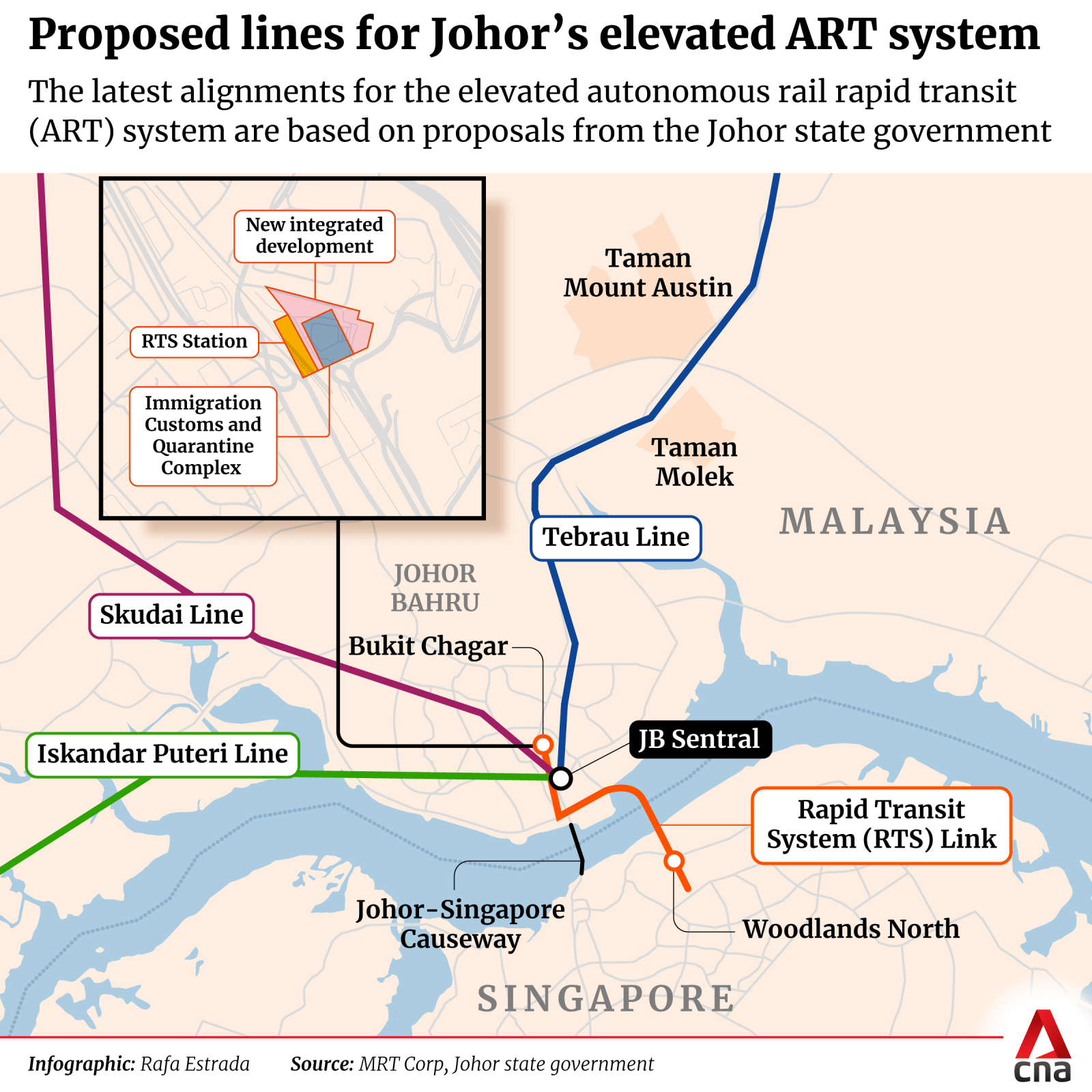
Beyond that, Johor is also on the cusp of implementing the special financial zone (SFZ) in Forest City - which Prime Minister Anwar Ibrahim said could allow Johor’s economy to outpace that of other Malaysian states in the next one to two years.
With the changes afoot, the various transportation systems will offer travellers from Singapore and within southern Johor a desperately needed alternative to choked highways and a public bus network plagued by poor frequencies and long waiting times.
“By carefully planning and integrating the ART system with the RTS Link and potentially the HSR, southern Johor can create a robust and efficient public transportation network that benefits residents, businesses, and the overall economy,” Associate Professor Nor Aziati Abdul Hamid, senior researcher at the Universiti Tun Hussein Onn’s Centre of Excellence for Rail Industry (ICoE-Rail), told CNA.
WHAT IS A MULTI-TIERED ART SYSTEM?
Transport experts CNA spoke to said that the ART system conventionally is an autonomous train-bus hybrid network running on roads. The carriages, which run on rubber wheels, use sensors to allow the vehicle to automatically follow a route defined by a virtual track.
They cited how the ART system is developed by China rail manufacturing company CRRC, and being used in some cities including Shanghai, Xian, Perth in Western Australia as well as Monterrey in Mexico.
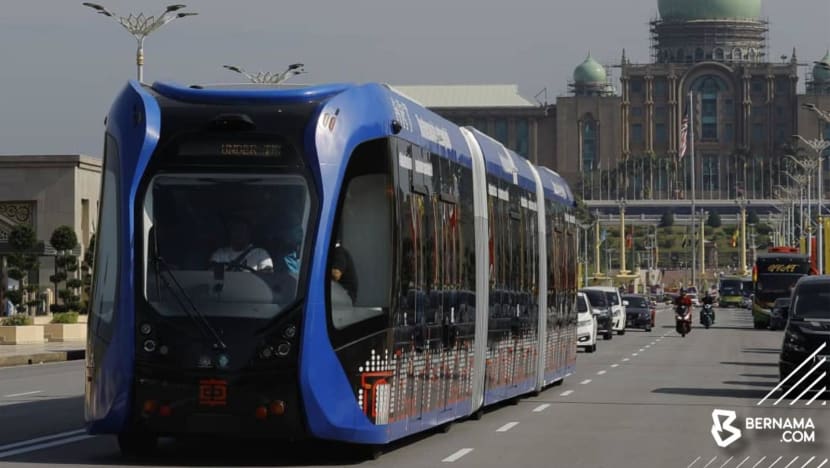
Within Malaysia, Sarawak is expected to start running an ART system line from early 2026, with the first phase spanning 27.6 kilometres.
The system has also been trialled in Putrajaya, the country’s administrative centre.
Transport experts added that the multi-tiered system mentioned by Mr Onn Hafiz refers to a hybrid network. Some parts of the system, where traffic is less crowded, will run on the ground while other parts will run on elevated structures like viaducts and bridges.
Assoc Prof Nor Aziati said: “This separation from ground traffic allows for faster speeds and avoids interference with cars and pedestrians.
“Elevated ART is more efficient for high-density areas with frequent ridership such as Johor Bahru,” Assoc Prof Nor Aziati added, while explaining that for lower-density areas such as Kulai and Nusajaya, the ART network may run on the roads.
Public Transport Users Association president Ajit Johl told CNA that the multi-tiered aspect is key to the success of the implementation of the ART due to the congestion during peak hours in southern Johor.
He added that public buses in Johor Bahru currently run on a poor frequency of every 45 minutes, and this can largely be attributed to the congestion.
“The traffic is a bit of a bottleneck in many parts of JB, especially Jalan Wong Ah Fook in downtown JB and the surrounding expressways. So this form of mass transport such as the ART, with proper frequencies and reasonable fares, could encourage many Johoreans to stop driving and switch to public transport instead,” said Mr Johl.
“If you drive it takes 45 minutes but if you use ART it will be 20 minutes hopefully. People will switch away from cars, especially with the government reportedly keen on removing fuel subsidies,” he added.
ART COULD BOOST JOHOR’S LONG-TERM GOALS AS INVESTMENT DESTINATION
Mr Johl highlighted that good connectivity and lower congestion are key factors that influence a company’s decision to invest, and with both the SEZ and SFZ on the horizon, the potential implementation of the ART is timely to alleviate these concerns.
“If I’m an investor and I’m going to open a plant that requires 1,000 workers and with congestion there will be mobility issues and they might report late, this is going to be an issue. Imagine every worker reports 10 minutes late, there will be (a) productivity dip,” he said.
“The availability of a good public transport system is quite basic for any city that wants to become an international metropolis. It will be good if Johor gets this box ticked,” added Mr Johl.
Transport analyst Rosli Khan echoed similar sentiments, stressing that the ART network could be the game-changer that resolves southern Johor’s transport concerns and shows foreign investors that they mean business.
However, the managing director of MDS Consultancy told CNA that this is contingent on the fact that the ART network is seamlessly linked to the RTS station in Bukit Chagar, similar to how the Mass Rapid Transit system is linked to the RTS station on the Singapore side in Woodlands North.
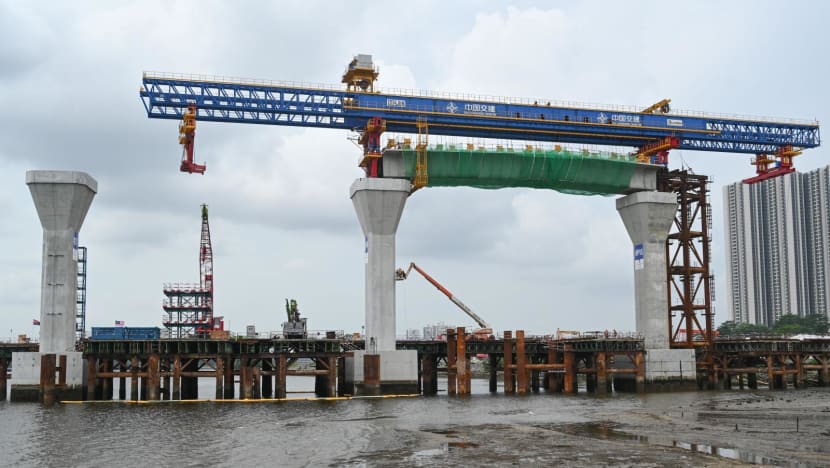
He added that the network must also be connected to other key landmarks such as Senai International Airport as well as Larkin, a densely populated town close to the city centre.
“That is the correct way of looking at it from providing connectivity and seamless travel point of view. It has to be integrated and if at all possible, (the ART station) must be maintained on the same floor (as the RTS station) for ease of access. Otherwise escalators and lifts need to be provided,” said Dr Rosli.
Assoc Prof Nor Aziati agreed that the ART stations and RTS stations must be near or directly connected for the system to be useful for business travellers or workers from Singapore.
“This would allow for seamless transfers between the two systems, encouraging travellers from Singapore to explore Johor further using the ART. The ART could act as a feeder system for the RTS Link, bringing passengers from suburbs and outlying areas to the main connection point with Singapore,” she added.
ART OVER LRT: THE RIGHT CHOICE?
While pivoting from a much faster LRT system to an ART network may be underwhelming for some, transport experts told CNA that the Johor state government has made the correct practical choice taking into consideration costs as well as the needs of southern Johor.
Citing ballpark estimates from industry sources, Assoc Prof Nor Aziati outlined that the multi-tiered ART system with elevated structures could cost around US$100 million (RM476.50) per km while large-scale elevated LRT systems could cost up to US$200 million per km.
She added that ART systems which operate on the ground level are much cheaper at US$20 million per km.
Assoc Prof Nor Aziati noted however that the LRT is able to travel at higher speeds than the ART. She noted that based on industry estimates, the LRT speed range is between 40 to 80 kilometres per hour while that of the ART is between 30 to 60 kilometres per hour.
She added that the LRT is also able to handle a larger passenger volume of around 200-300 passengers per train while ART capacities are generally between 100-200.
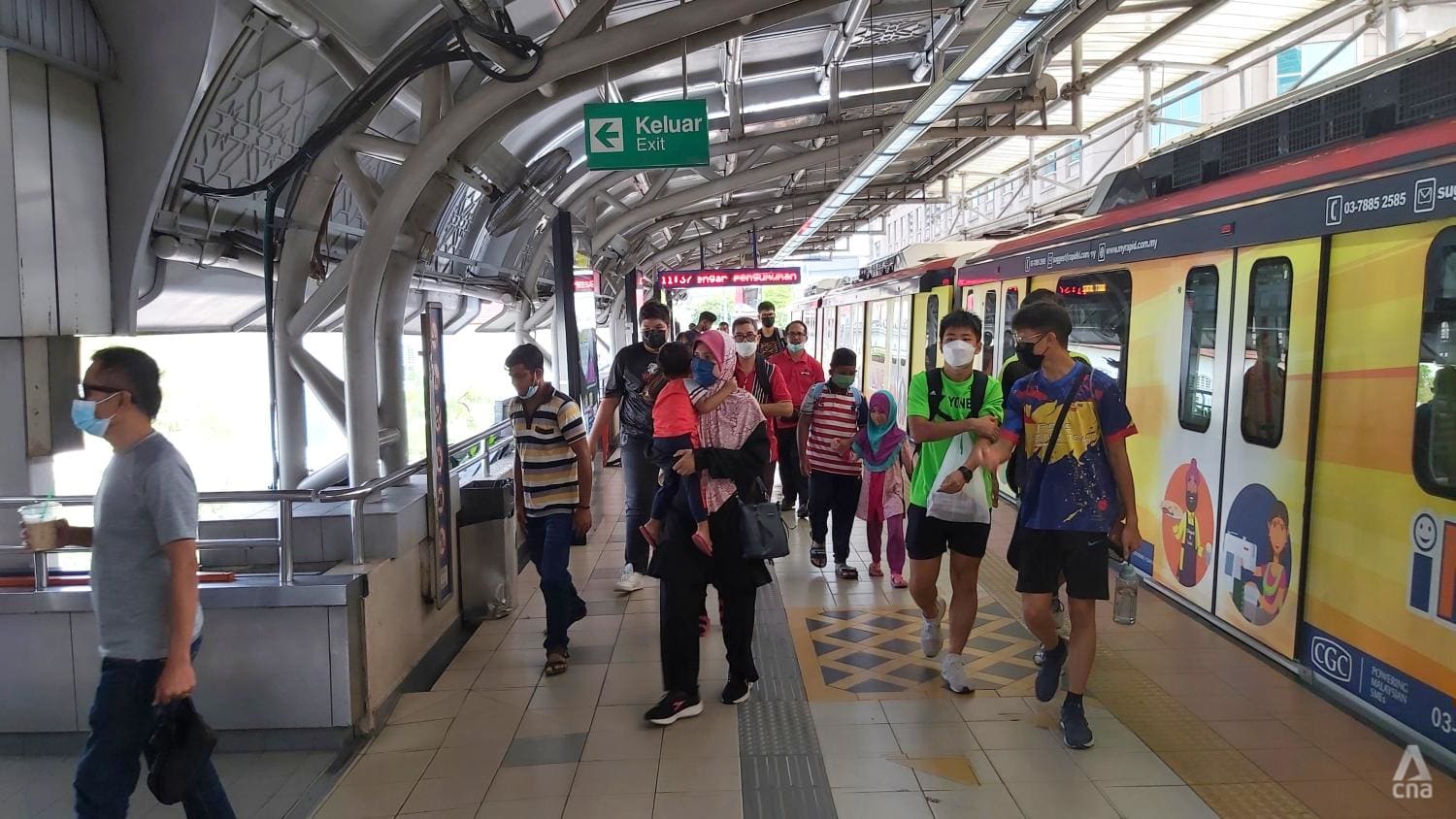
However, she maintained that an ART system could suffice for southern Johor given that the population density of the area is much lower than the Klang Valley and that some areas such as Kulai and Nusajaya are not very crowded.
The researcher also outlined that ART takes a much quicker time to construct, with projects able to be completed within three years. Meanwhile, she added that LRT construction timelines could span between five to 10 years.
Assoc Prof Nor Aziati said that since the RTS Link is due to be completed soon and the SEZ could be implemented in the short term, the Johor state government might have decided on ART as it is crucial to have a good public transportation in place in time for these initiatives.
MDS Consultancy’s Dr Rosli agreed that ART was the right choice over LRT due to cost concerns and how the federal government’s priorities are to reduce national debt and alleviate cost of living issues across the country.
However, he maintained that the decision to build a multi-tiered ART system rather than a normal ART system which operates on the ground was perplexing.
“This is unnecessary - an ART system does not require an overhead track to operate. If done in this way, the dedicated overhead road will be expensive and more challenging to build, and will require more space for stations (and) escalators for passengers to access,” said Dr Rosli.
“Plus we don't want an ugly city full of structures and columns that block our views, shophouses and buildings,” he said.
















